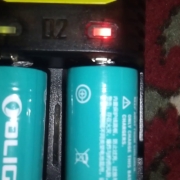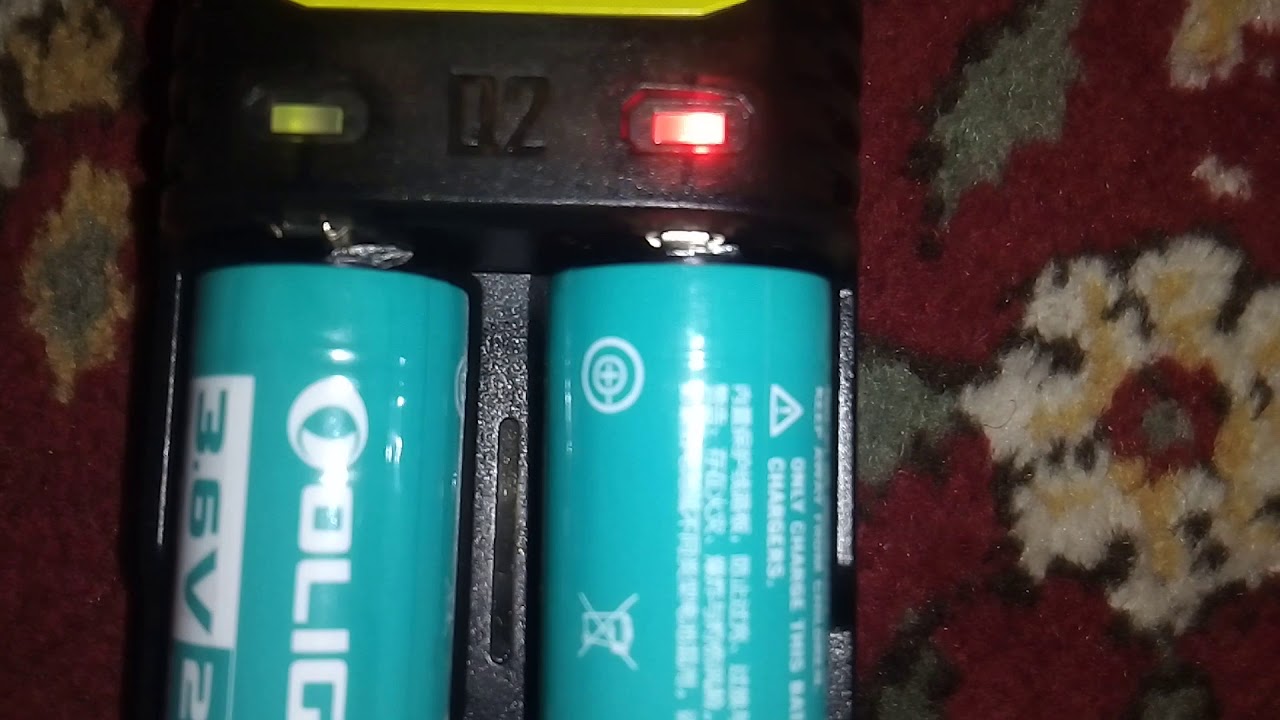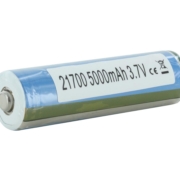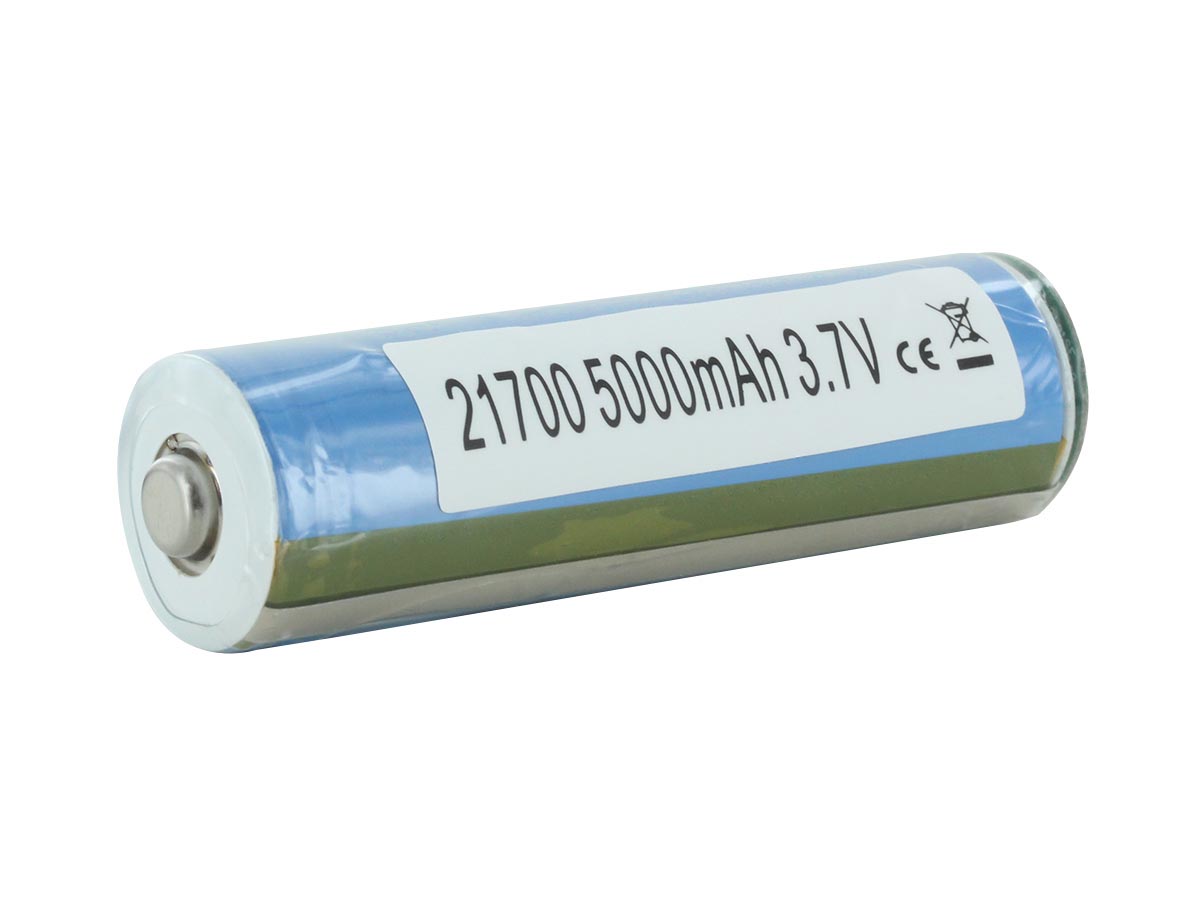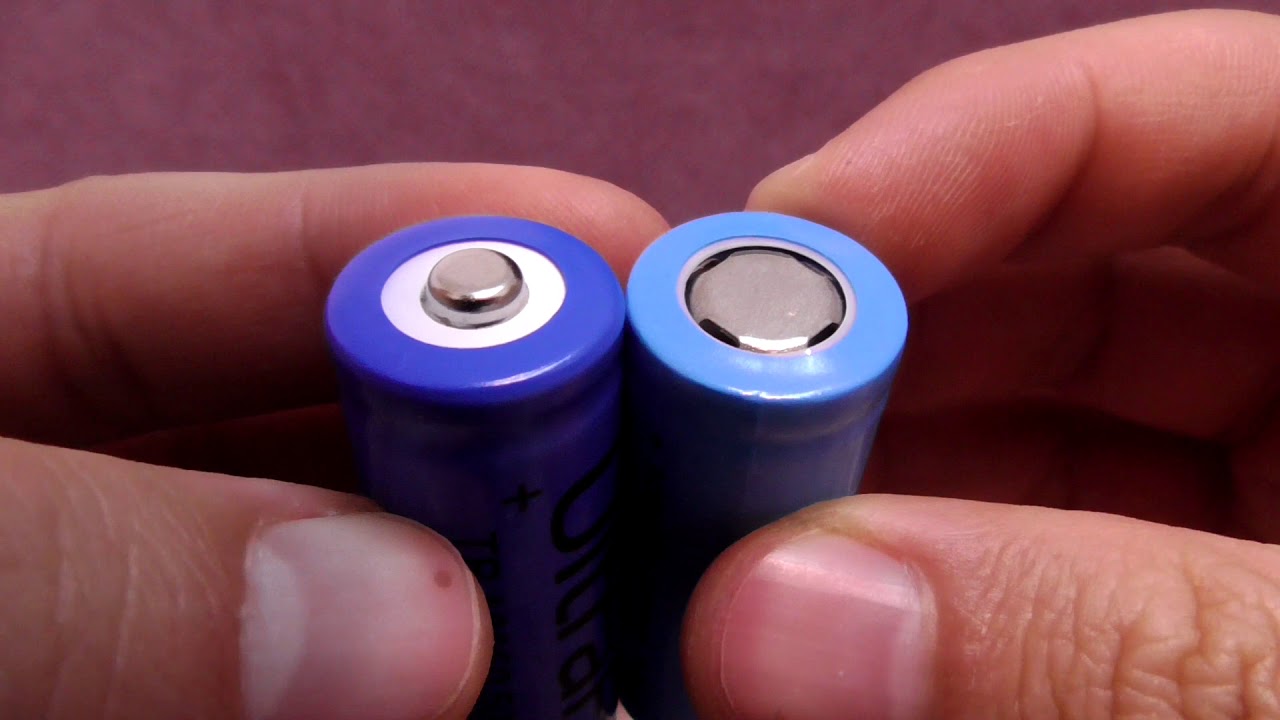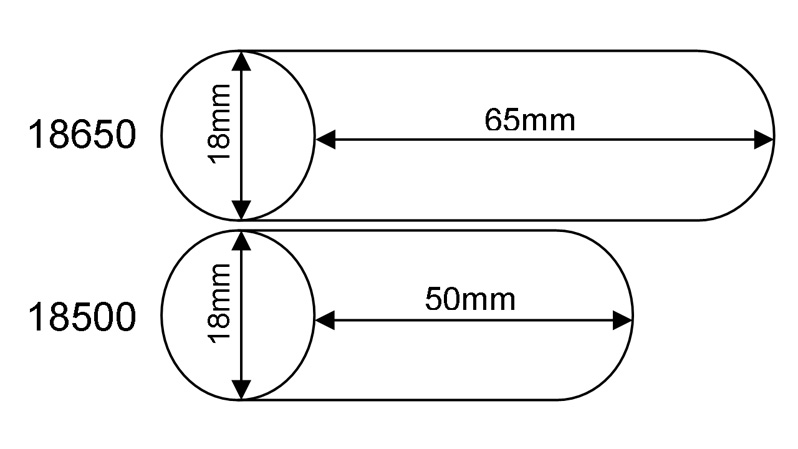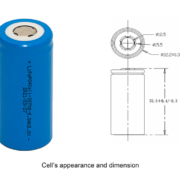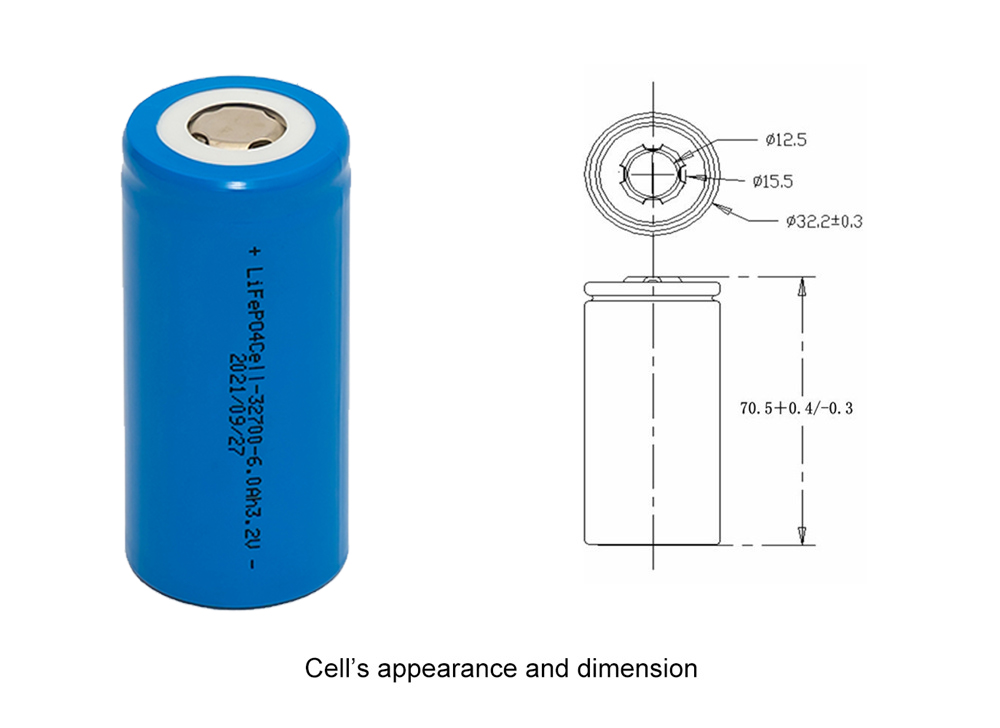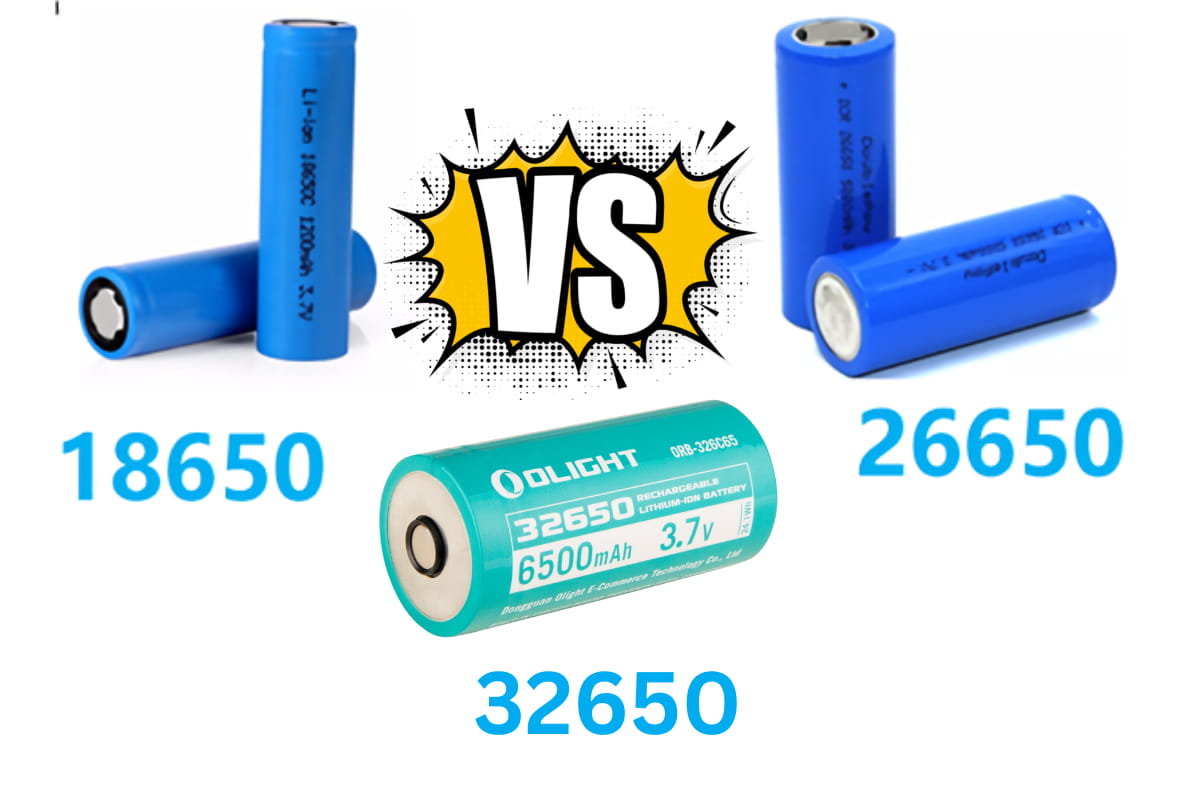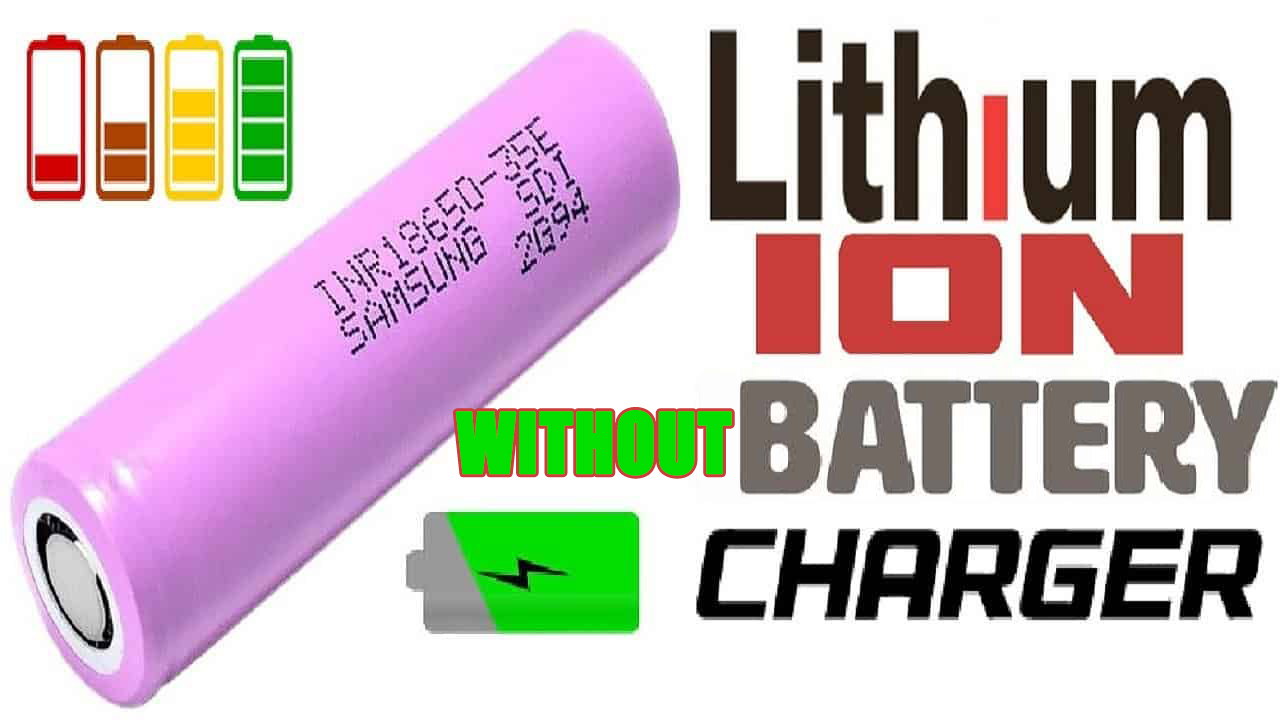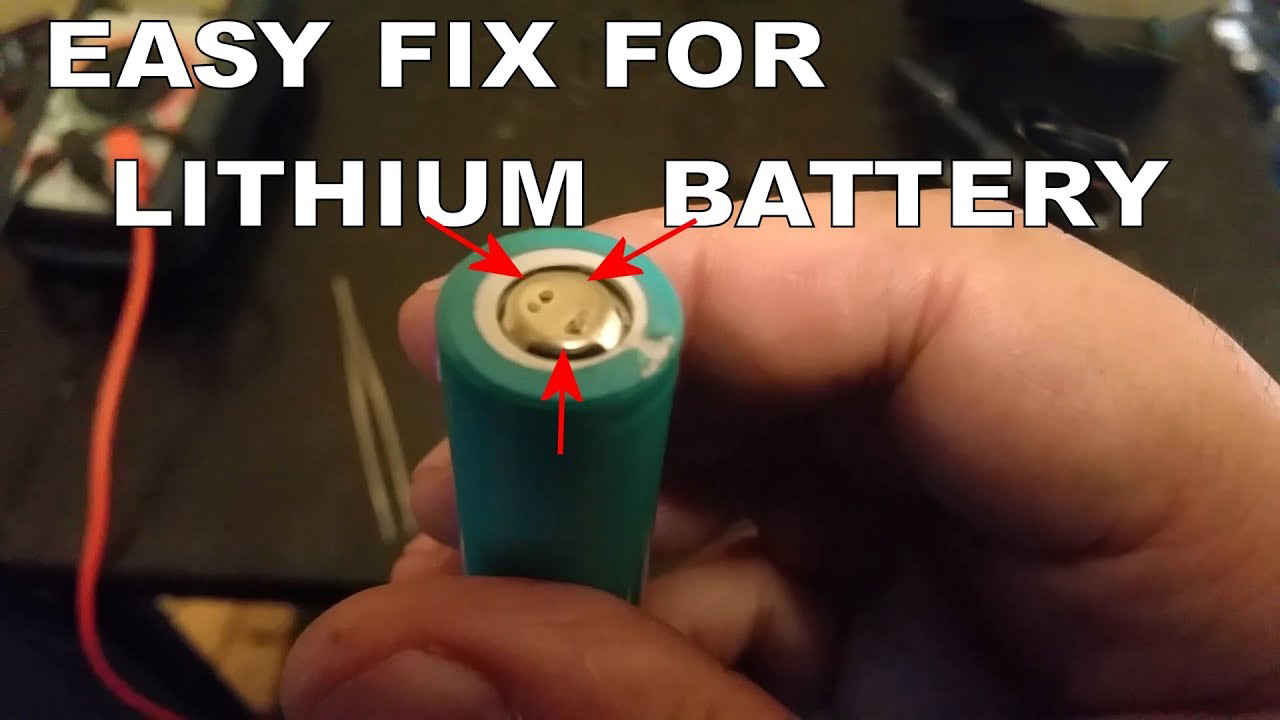How to Make Your Own 18650 Battery Pack
Making your own 18650 battery pack may seem intimidating, but it’s actually a straightforward DIY project if you have the right parts, tools, and knowledge. In this comprehensive guide, as a professional 18650 battery pack manufacturer, I’ll walk you through everything you need to know to assemble your own powerful and versatile lithium-ion battery.

Why Make Your Own Battery Pack?
Before we dive in, you might be wondering why you’d want to build an 18650 pack instead of just buying one. Here are some of the key benefits:
Cost Savings – Making your own pack from individual 18650 cells is much cheaper than buying a pre-built pack of the same capacity. Savings of 50% or more are common.
Customization – You can choose the exact number of cells wired in series and parallel to achieve your desired voltage, capacity, discharge rate, and physical size. It’s like Lego for batteries!
Recycling – An easy way to source 18650’s is to salvage them from old laptop batteries destined for landfills. Giving these cells a second life is great for the environment.
Education – Building your own pack is an enlightening hands-on learning experience about lithium battery tech. You’ll gain practical skills and may even find a new hobby.
How to Make Your Own 18650 Battery Pack
What You’ll Need
Building a battery pack takes the right gear and some DIY skills. Here’s an overview of what you’ll need:
Parts
- 18650 cells
- Battery holders
- Nickel strip
- Wire
- Connectors
- BMS (battery protection circuit)
- Insulators and wraps
Tools
- Multimeter
- Spot welder (or soldering iron)
- Hot glue gun
- Wire cutters/strippers
- Heat gun
- Safety gear (gloves, glasses)
I’ll go over each of these parts in more detail throughout the article so you know exactly what to get.
Choose 18650 Cells
At the core of every 18650 pack are – you guessed it – 18650 battery cells. But there are tons of different options for lithium-ion cells on the market:
Battery Cell Formats
The most common Li-ion cell sizes you’ll encounter are:
- 18xxx (18650, 18700, etc.)
- 26xxx
- 21700
Cell Chemistries
Variations in the cathode chemistry impact the performance of lithium cells:
- NMC (Nickel Manganese Cobalt Oxide)
- NCA (Nickel Cobalt Aluminum Oxide)
- LFP (Lithium Iron Phosphate)
Specifications
The key specs to consider are:
- Nominal voltage (3.6-3.7V is normal)
- Capacity (mAh rating)
- Maximum continuous discharge rate (amps)
My default recommendation for a budget but dependable cell is the Samsung 25R 18650. This NMC cell offers a great balance of capacity, current handling, and safety at a reasonable cost. LG, Sony, Panasonic and Sanyo also make excellent cells.
Calculate Battery Config
Once you’ve chosen your cells, the next step is figuring out how to wire them together into a pack. This comes down to understanding series and parallel connections.
Battery Connections
Series connections add voltage.
Parallel connections add capacity and discharge current.
With 18650 packs we wire cells into parallel groups first. Then connect those groups together in series to achieve the target pack voltage.
For example, a “3S2P” pack means 3 parallel groups of 2 cells wired in series.
Configuration Math
Let’s design a 12V 10Ah pack from Samsung 25R cells (3.6V, 2500mAh):
Target voltage = 12V
Target capacity = 10Ah (or 10,000mAh)
Single cell specs:
- Voltage (nominal) = 3.6V
- Capacity = 2500mAh
Configuration:
Number of cells in series: 12V / 3.6V per cell = 3 cells in series
Number of parallel groups:
10000mAh target capacity / 2500mAh per cell = 4 cells in parallel
Our pack needs 3 parallel groups of 4 cells wired in series = 3S4P
So we need a total of 3 x 4 = 12 18650 cells
Assemble 18650 Cell Holders
A clean and safe way to assemble Li-ion packs is using plastic 18650 cell holders. These holders snap together to keep the cells neatly aligned and spaced. They allow good airflow for cooling while also preventing shorts.
Arrange the holders to match your planned 3S4P layout. Make sure the cell orientation alternates so positive and negative terminals line up. Hot glue the holders together if desired.
Then insert your cells and connect them with…
Battery Wiring Options
You need to make electrical connections between cells to complete the circuit. Here are two options:
Spot Welding Nickel Strip
Spot welding uses a powerful impulse of current to melt nickel strips to cell terminals. It makes strong reliable joints without introducing much heat into the cell.
You’ll need:
- Spot welder (~$250 for entry level machine)
- Pure nickel strip
- Bench power supply
Procedure:
- Cut strips of nickel
- Set welder heat and duration
- Weld strips BETWEEN groups first
- Then weld each GROUP in parallel
- Insulate welds with fish paper
It takes practice to make good consistent welds. Start with scrap cells first.
Soldering Cells
You can solder cells together but it takes a very gentle touch. Too much heat can damage the cell internals.
Supplies needed:
- High wattage soldering iron
- Thick pure copper wire or braid
- Lead-free rosin core solder
- Lots of flux
Steps:
- Clean cell end and wire/braid surface
- Apply generous flux
- Heat and melt solder so it flows onto joint
- Hold just long enough for solder to flow
- Avoid directly heating cell more than a couple seconds!
Take precautions not to overheat the cell or breathe fumes when soldering.
Add a BMS
No 18650 battery pack is complete without a BMS, or battery management system. This crucial protection circuit monitors all cells in the pack and prevents:
- Over-charging
- Over-discharging
- Short circuits
- Over current
- Cell imbalance
So a BMS really helps ensure safe, reliable operation of your DIY lithium pack.
Choosing a BMS requires matching:
- Number of cells (12S, 10S, etc)
- Maximum current rating (for motor, inverter loads)
- With or without a charging port
Solder the balance wires to nickel strips between groups, cable tie them in place. Connect discharge wires to the first and last cell. Consult the diagram included with your BMS for proper wiring.
Enclose and Protect Pack
Nearly done! To complete your power-packed battery, it’s important to insulate and protect the cells and wiring from bumps or moisture:
Insulate exposed metal with fish paper and Kapton tape
Structurally support cells with foam padding
Electrically isolate BMS and terminals
Fuse discharge wires to protect from short circuits
Wrap entire pack in insulating plastic
Contain in an enclosure or battery box
For a streamlined finish, apply warning labels for voltage, polarity and capacity. Add an power switch, charging port and mounting hardware.
Initial Testing
Before powering up your creation, do some final safety checks:
- Confirm appropriate polarity of all wired connections
- Verify insulation everywhere
- Measure and record individual group voltages
- Watch initial charge cycle for problems
- Only use a proper CC/CV lithium charger
If all goes well, you now have a robust homebrew 18650 pack to power projects for years to come! Building your own is deeply satisfying, plus the skills you’ve learned are handy for assembling all kinds of battery-powered devices.
Hope you’ve found this DIY 18650 battery guide useful – let me know if you have any other Li-ion battery questions!


